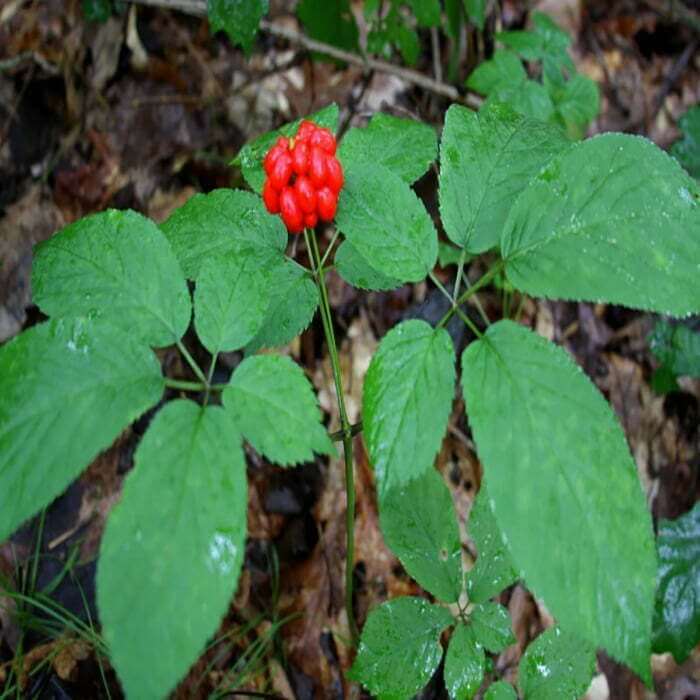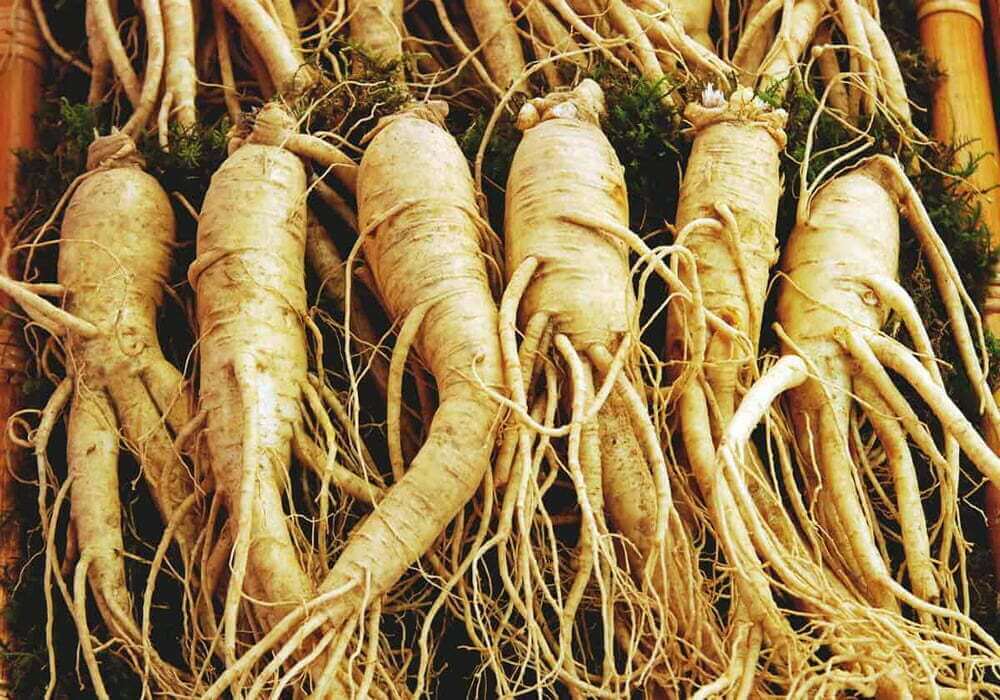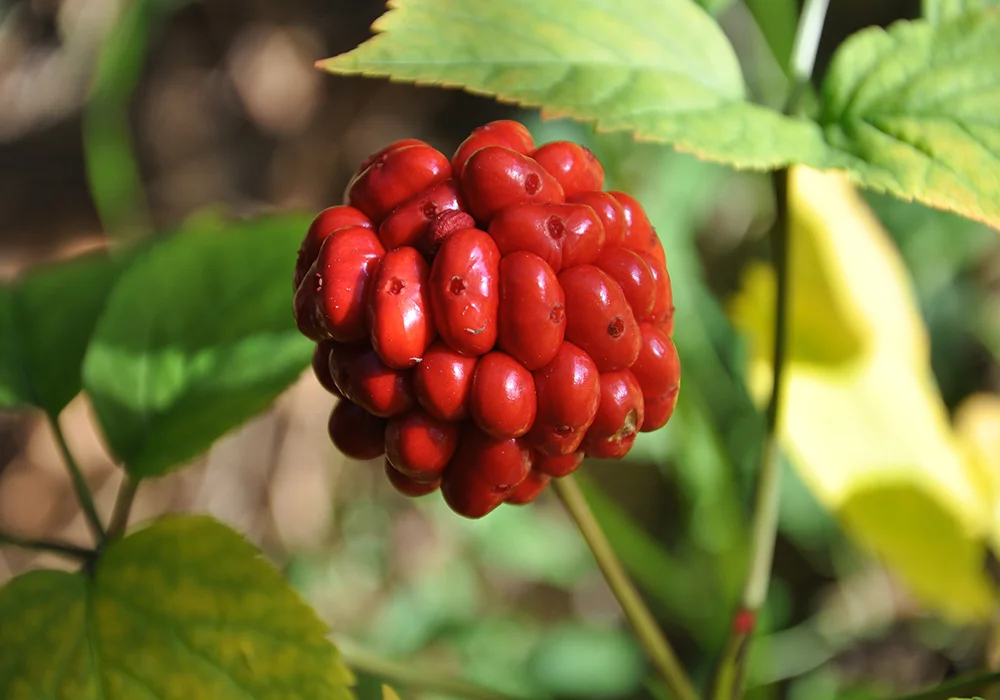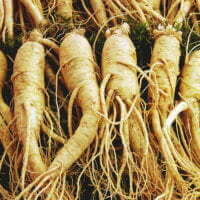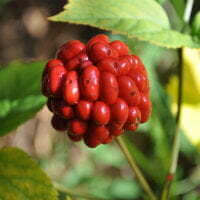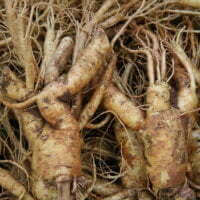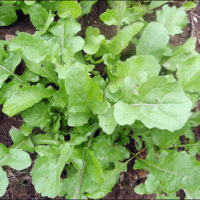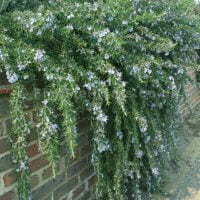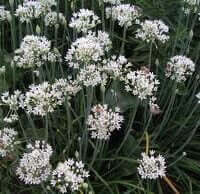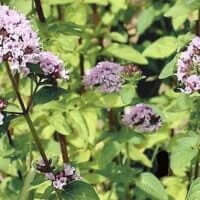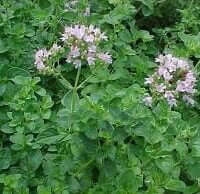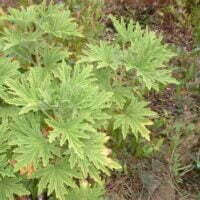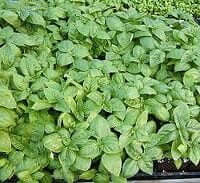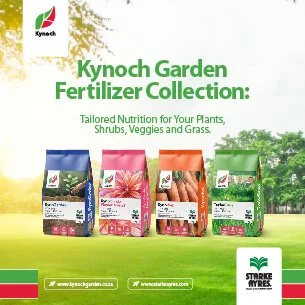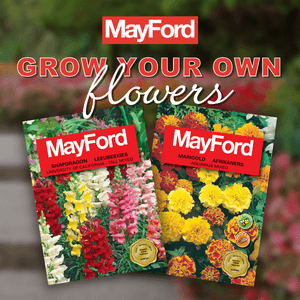| Botanical name | Panax ginseng |
|---|---|
| Common name(s) | Ginseng |
| Categories | |
| Origin | |
| Foliage | The leaves are palmately compound with 3–5 leaflets, which may be entire, toothed, or lobed, depending on the species. |
| Planting Instructions | Sow in early spring after the last frost. The seeds should be planted about 5mm to 20mm deep and approximately 5cm apart. Protect seedlings from frost in the first year. |
| Soil conditions | Ginseng grows in loamy, clay or sandy soil. |
| Uses | Ginseng has been used for improving overall health. It has also been used to strengthen the immune system and help fight off stress and disease. Panax ginseng is also used to make soaps, cosmetics, and as a flavouring in beverages. |
| Propagation | Propagated from seed. You can't create a new plant from cuttings or root division. |
| Plant Care |  Evergreen Evergreen – Never Sheds All of Its Foliage.  Half Sun Half Sun – Prefers 3 To 6 Hours of Sunlight a Day.  Shade Shade – Prefers Low Light Levels. Frost Hardy Frost Hardy – Can Handle frost without damage.  Moderate Watering Moderate Watering – Requires Regular Watering.  Low Maintenance Low Maintenance – Requires little maintenance.  Non Indigenous Non Indigenous – Exotic to South Africa. |
| Fruit | The fruit is a drupe. |
| Flowers | The flower is a solitary umbel with both bisexual and male flowers. |
Panax ginseng (Ginseng)
- Botanical name: Panax ginseng
- Common name(s): Ginseng
- Categories: Herbs
Plant description:
Ginseng is a perennial herb with a sturdy taproot system. The plant generally dies back in autumn and emerges again in the spring. The leaves are palmately compound with 3–5 leaflets, which may be entire, toothed, or lobed, depending on the species. The flower is a solitary umbel with both bisexual and male flowers and, the fruit is a drupe.
Family: Araliaceae
Panax ginseng requirements and features
info on these icons
Moderate Maintenance
Requires moderate maintenance.
Prohibited Use Notice: No Data Scraping Allowed Except for Search Engine Indexing:
The content provided on PlantInfo.co.za is intended for personal, non-commercial use only. Unauthorized extraction, reproduction, or use of the data, including scraping, for any purpose other than search engine indexing is strictly prohibited. Violations of these terms may result in legal action. By accessing and using this website, you agree to comply with these conditions and acknowledge the legal restrictions on the use of our content.






